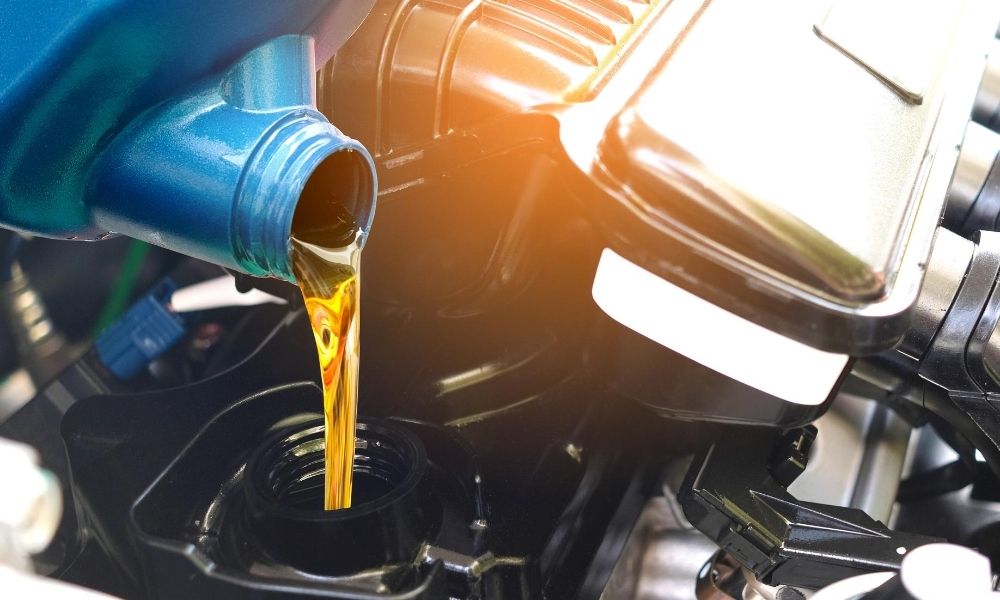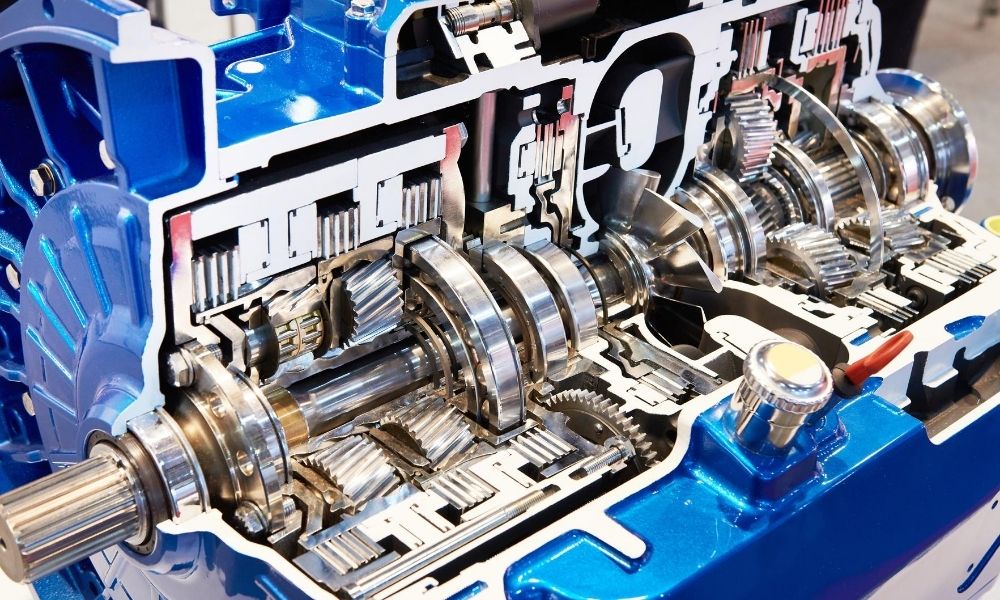Diagnosing Symptoms of a Bad Manual Transmission
If left unnoticed and untreated, manual transmission issues can become one of the most costly and detrimental problems a vehicle can experience. Not only is a vehicle’s manual transmission one of the most expensive components of a vehicle, but it is also one of the most important. If a vehicle’s transmission experiences problems, complete vehicle failure can occur. To avoid such consequences, it is important to address manual transmission problems as soon as possible. In order to do so, take a look at this guide to diagnosing symptoms of a bad manual transmission.
Stuck in Gear
When a vehicle gets stuck in one gear, there is likely either an issue with its transmission or its clutch. If you determine your vehicle’s clutch is working properly, there are several areas of your manual transmission that you check next to make sure they are in good working order as well.
For example, an inability to shift gears may also mean that the transmission is misaligned, has low oil levels, has a faulty transaxle assembly, or has worn-out drive gear teeth. The solutions to such issues can be as simple as adding more transmission fluid or as complicated as a transmission rebuild, depending on the source of the problem.
Strange Sounds
Odd noises coming from a vehicle are rarely a good sign. In some cases, strange vehicle noises are the result of a transmission issue. One of the main reasons why a transmission may be making strange noises is if it has an inadequate amount of transmission fluid. If a transmission doesn’t have enough fluid, the gears can begin to hum or whir. Whirring noises could also be the result of a worn-out synchronizer, a misaligned transmission, or the presence of metal shavings or other particles in the transmission oil.
If the transmission is making more of a grinding noise, however, the source could be clashing gears. If gears are clashing, there could be linkage issues in your vehicle’s transmission or broken





